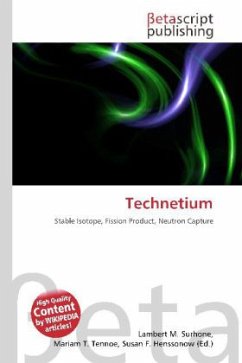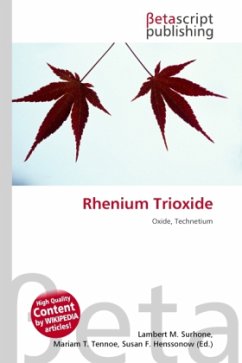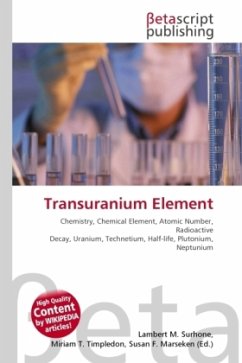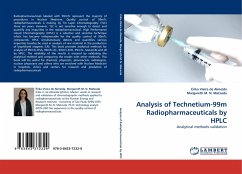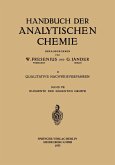High Quality Content by WIKIPEDIA articles! The long half-life of technetium-99 and its ability to form an anionic species makes it a major concern when considering long-term disposal of high-level radioactive waste. In addition, many of the processes designed to remove fission products from medium-active process streams in reprocessing plants are designed to remove cationic species like caesium (e.g., 137Cs, 134Cs) and strontium (e.g., 90Sr). Hence the pertechnetate is able to escape through these treatment processes. Current disposal options favor burial in geologically stable rock. The primary danger with such a course is that the waste is likely to come into contact with water, which could leach radioactive contamination into the environment. The anionic pertechnetate and iodide are less able to absorb onto the surfaces of minerals so they are likely to be more mobile. By comparison plutonium, uranium, and caesium are much more able to bind to soil particles. For this reason,the environmental chemistry of technetium is an active area of research.
Bitte wählen Sie Ihr Anliegen aus.
Rechnungen
Retourenschein anfordern
Bestellstatus
Storno


